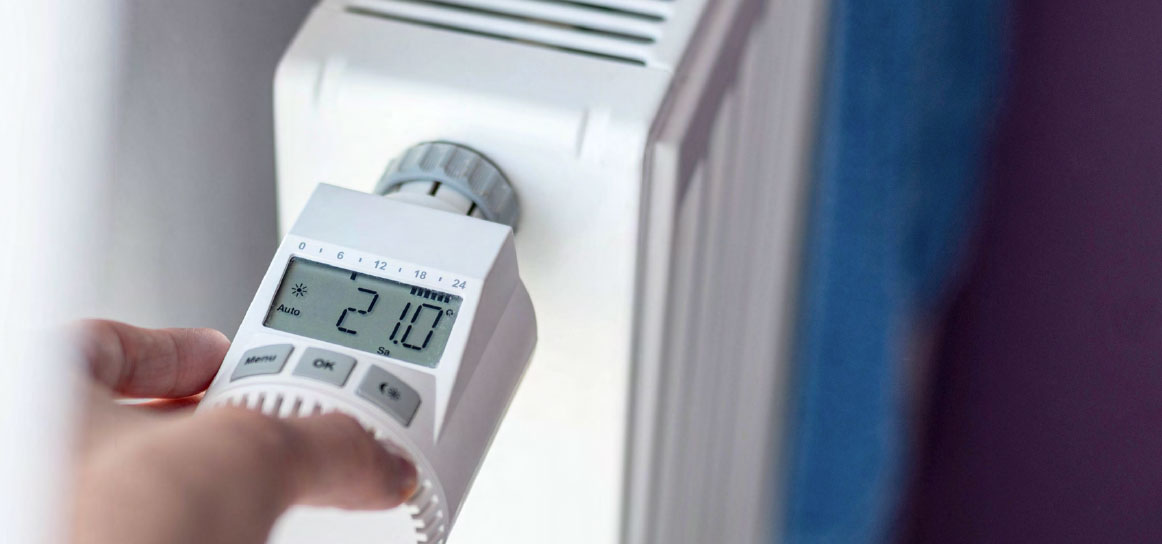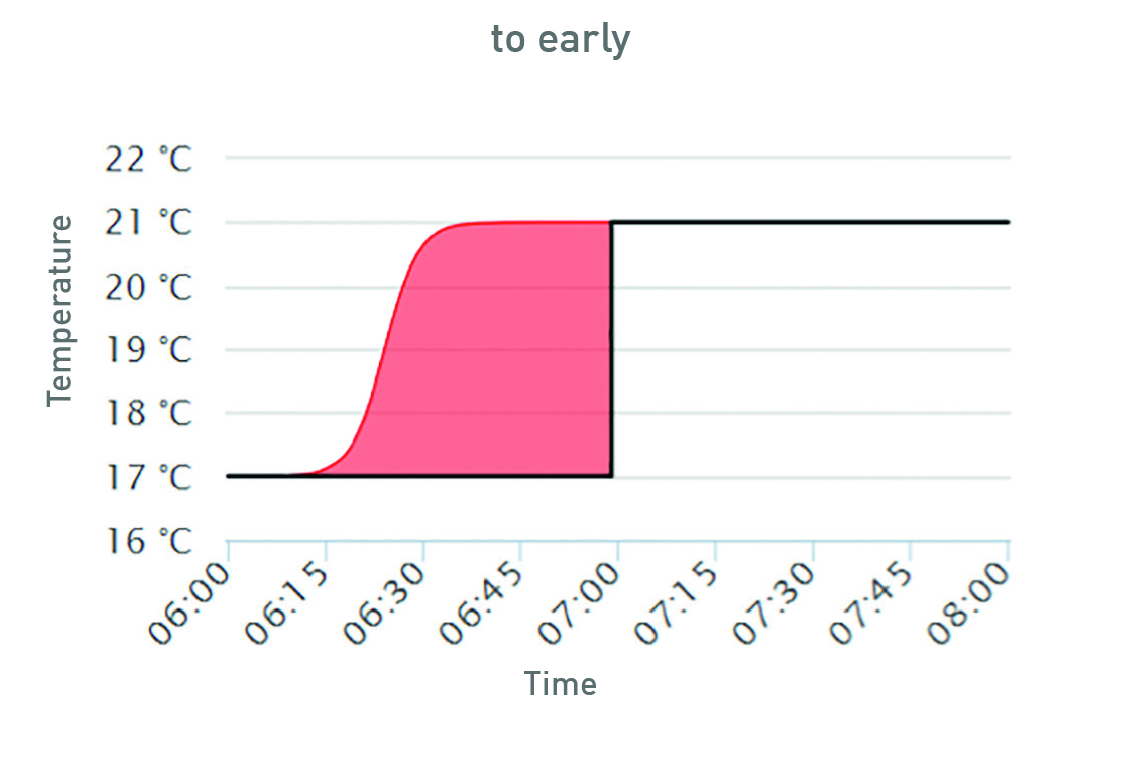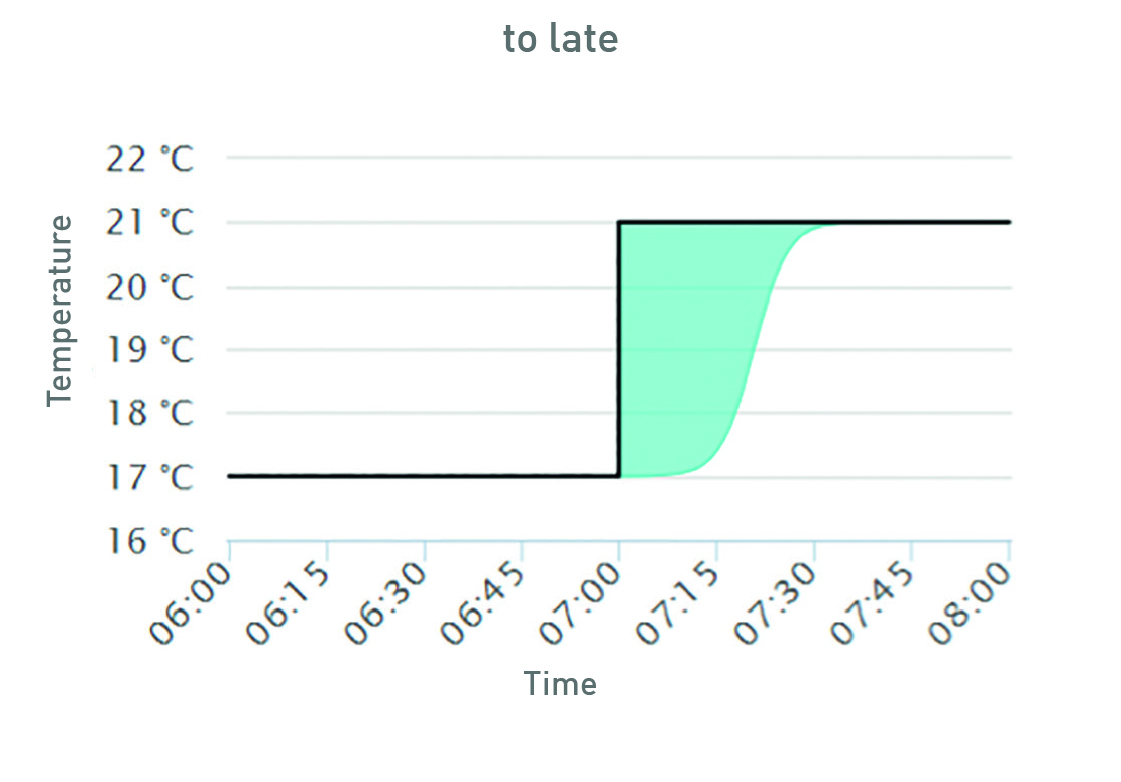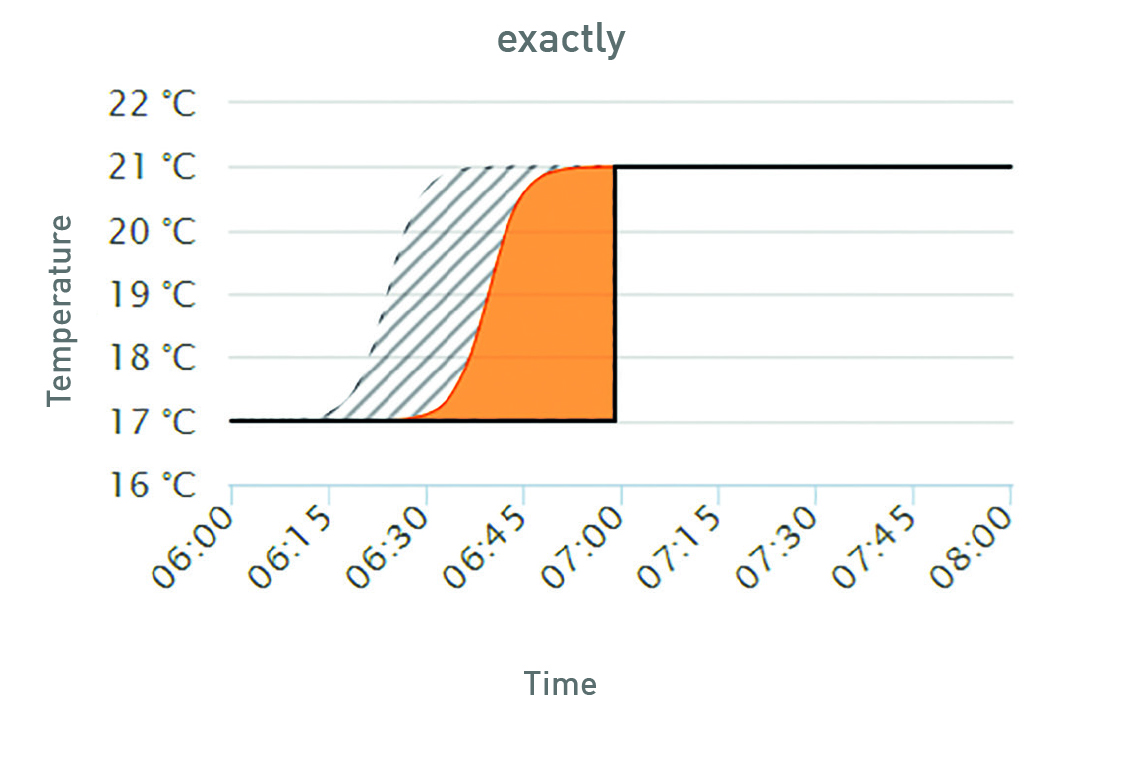SANDY Forecast Service: Intelligent Preheating
We teach your heating system to be self-learning
Digital controllable heating valves are present day technological standard and are mostly controlled manually or rigidly scheduled. “Intelligent Preheating” taps in the full potential of digitalization and transforms your system to a custom and self-learning one.
In contrast to conventional wireless radiator heads different parameters like room size and weather are taken into account to reach the desired temperature by a default time. This way your customer profits from an energy efficient and more comfortable heating control.
“Intelligent Preheating” is based on the established Sandy Forecast Services, which are simple, fast, reasonably priced and are easy to integrate into existing systems because the cloud services are reachable with a standard interface.
Product advantages in detail
The used machine learning algorithms are self-learning and acquire heating properties of each room individually. Self-learning means an automatic and continuous determination of the optimal preheating moment. Furthermore the heating control adapts dynamically to behavior changes or structural changes for each room individually. Enough for this purpose is information about room temperatures and heating patterns –no processing of user-sensitive data involved.
The integration of standard interfaces in existing systems keeps your technical expenses to a minimum. Your heating system product reaches the next level from digital to an intelligent and efficient system without extensive developmental costs.
Target Audience
› Smart home companies
› Heating technology producers
› Energy sanagement system providers
› Energy contractors
› et al.
Surplus value for your customer
› Heat is used in a contemporary and automatic way
› Reduction of energy consumption and costs, since rooms are preheated in line and in time on demand
› Preheating moment is continually matched through automatic learning
› Explicit increase of comfort by heating single rooms at the exactly right moment instead of a time consuming way by users
› Control in the most simple way – customer provides the default time a room should have reached the desired temperature.
Overvalue for your company
› Increase of customer satisfaction and loyalty
› Fast, easy and cost-efficient system integration
› All benefits of “software as a service”, i.e. high availability, automatic updates, no maintenance
› No utilization of user sensitive data necessary
› Flexible scaling with growing customer base
Technical Details
› communicates over RESTful API
› Input:
-sensor thermostat data detects live actual and target temperature
-live operation: planed target Temperature
› Output:
-live operation: individual heating moment is recommended
-in offline operation: heating model
› Security:
-encrypted data transfer with HTTPS
-individual authorization API-key
-robust operation in Microsoft Azure Cloud

User scenario
A customer would like to enter a room at 7a.m. and have it preheated to 21°C.
Heating moment too late or too early
A configured smart home system or a thermostat opens and close heating valves at certain times. In this scenario (fig. ”to late”) the target temperature for 7 a.m. is elevated from a nighttime low of 17°C to a pleasant 21°C.
The heating valve opens and the room begins to warm up. Resulting in having not reached the target temperature of 21°C at 7a.m., resulting in a to cool room at 7a.m..
Following this experience the customer adjusts the heating control and starts heating at 6:20a.m (fig. “to early”) to reach the target temperature. However, in this case he started heating up the room to early and the provided warmth is not being used before 7a.m..
The customer could try and approach the optimal preheating moment by trial and error. However this procedure is time consuming and impossible to achieve in larger environments like offices or large building complexes with many rooms.


Optimal heating moment through intelligent preheating
In this case (fig. ”exactly”) the optimal preheating moment was determined by SANDY based on data collected by the radiator controller head. The user just entered the target temperature of 21°C at 7a.m. into the system and the heat was adapted to the room by utilizing the learned room parameters individually. This way the heating control started at an optimal time and reached the target temperature at exactly the right time, without wasting any energy.


Get this Information as PDF!
We are happy to help you!
Profit from our innovative SANDY-Concept and contact us today. We are looking forward to your request.
